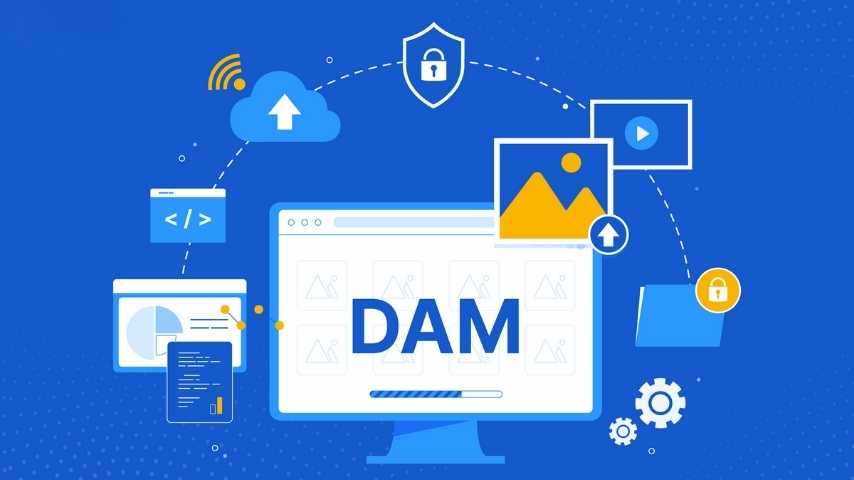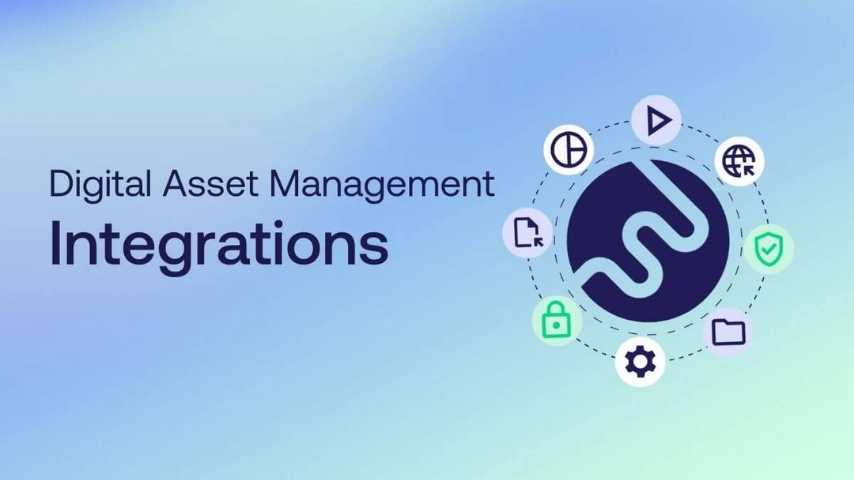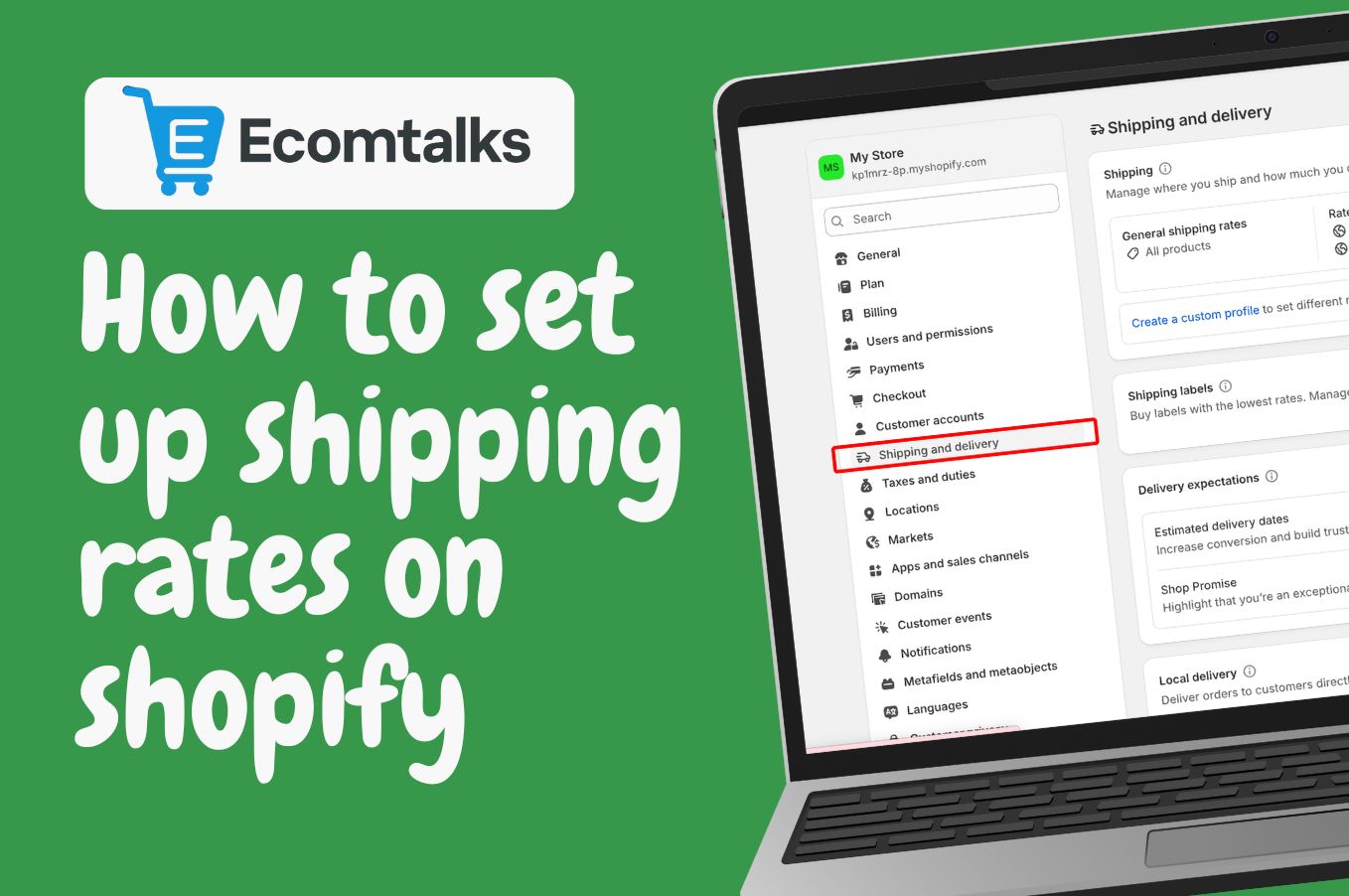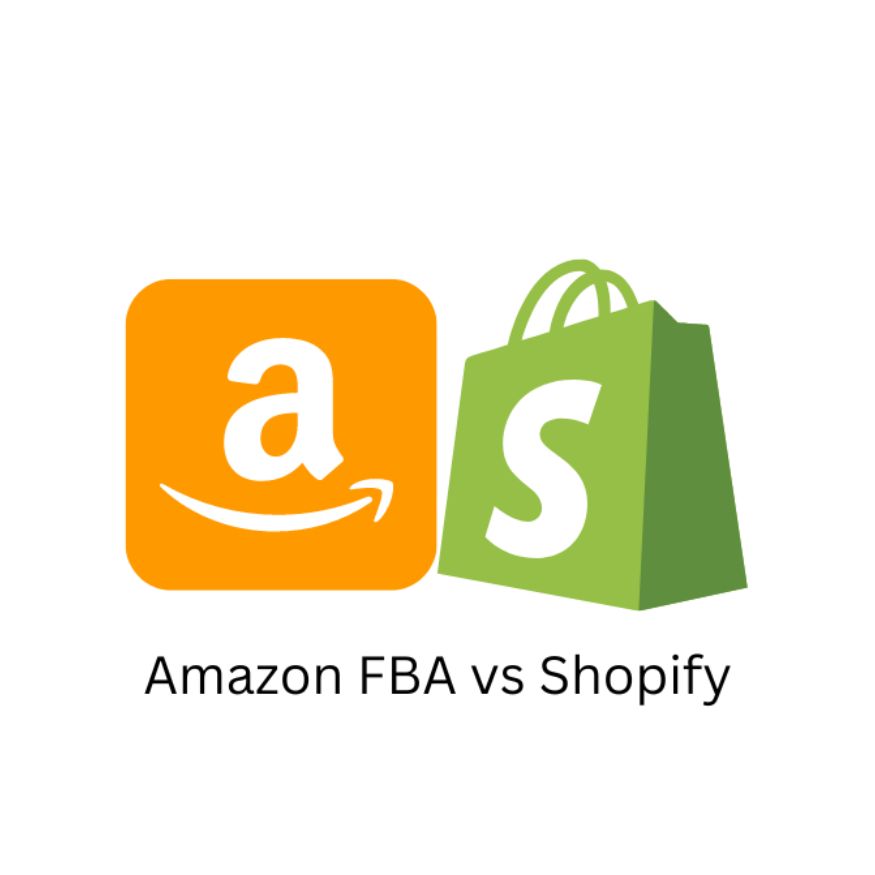Why DAM Ecommerce Is Important for Long-Term Ecommerce Growth
In the fast-paced world of online retail, visuals aren't just important—they are everything. From high-resolution product photos and compelling videos to brand logos and marketing banners, digital assets are the lifeblood of your business. But as your store grows, managing this ever-expanding library of files can quickly descend into chaos. This is where a strategic investment in DAM ecommerce becomes not just a nice-to-have, but a fundamental necessity for growth.
This comprehensive guide will walk you through everything you need to know about Digital Asset Management (DAM) and its transformative impact on ecommerce.
What is DAM Ecommerce?
Digital Asset Management (DAM) is a system and a business process for organizing, storing, and distributing all of an organization's digital content from a single, centralized library.

For an ecommerce business, this isn't just a fancy cloud folder. It's an intelligent hub for every piece of media that defines your products and brand, including:
- Product Photography: Multiple angles, in-context lifestyle shots, 360-degree views, and close-up detail images.
- Videos: Product demonstrations, how-to guides, and promotional commercials.
- Graphics: Website banners, social media ads, email campaign visuals, and infographics.
- Brand Collateral: Logos, style guides, and typography kits.
- Documents: Product specification sheets, user manuals, and warranty information.
Unlike basic storage like Google Drive or Dropbox, a DAM ecommerce is purpose-built with powerful features like advanced metadata, version control, user permissions, and automation to streamline the entire content lifecycle.
Why Ecommerce Businesses Need a DAM System
Operating without a DAM is like running a warehouse with no shelves, labels, or inventory system—it's inefficient, chaotic, and costly. Here’s why modern ecommerce businesses can't afford to ignore it.

- Eliminate Content Chaos: Say goodbye to endless folders, duplicate files, and hours spent searching for the right image. A DAM provides a "single source of truth," ensuring everyone from marketing to sales to web development is using the correct, up-to-date assets.
- Ensure Brand Consistency: Inconsistent visuals across your website, social media, and marketplaces dilute your brand identity. A DAM system enforces brand guidelines, making approved logos, colors, and imagery readily available, ensuring a cohesive customer experience everywhere.
- Accelerate Time-to-Market: The faster you can launch a new product, the better. A DAM drastically reduces the time it takes to prepare and deploy product visuals. With automated workflows and easy-to-find assets, your team can launch products and marketing campaigns in a fraction of the time.
- Mitigate Compliance Risks: Using an image with an expired license can lead to costly legal trouble. A DAM tracks usage rights, licenses, and expiration dates for all assets, sending alerts to prevent non-compliant use and protect your business.
Key Features of an Effective DAM Solution for Ecommerce
Not all DAM platforms are created equal. When evaluating a solution for your online store, look for these critical features:
- Advanced Metadata and AI Tagging: The ability to tag assets with rich metadata (like SKU, product name, color, collection, campaign) is crucial. AI-powered tagging can automatically analyze and tag images, saving countless hours of manual work and making assets instantly searchable.
- Version Control: No more confusion over files like product-photo-final_v3.jpg. A DAM system tracks every version of an asset, ensuring only the latest, approved version is used while keeping a historical record.
- Robust Access and User Permissions: Control who can view, download, edit, and share assets. You can set specific permissions for internal teams (marketing, design) and external partners (freelancers, agencies), securing your valuable content.
- On-the-Fly Asset Transformation: An effective DAM can automatically resize, crop, reformat, and add watermarks to images for different channels (e.g., a high-res TIFF for print, a compressed WebP for your website, and a square PNG for Instagram) from a single master file.
- Powerful Integration Capabilities: The DAM must seamlessly connect with the other tools you use. This is non-negotiable for ecommerce efficiency.
Top Benefits of Integrating DAM with Your Ecommerce Tech Stack
The true power of a DAM ecommerce is unlocked when it’s integrated with your core business platforms.

- Seamless Integration with Ecommerce Platforms (Shopify, BigCommerce, Magento): Directly connect your DAM to your storefront. This allows you to push updated product images and videos to your product pages instantly, eliminating the cumbersome process of downloading and re-uploading files.
- A Perfect Partnership with PIM Systems: When a DAM is integrated with a Product Information Management (PIM) system, you create the ultimate source of truth. The PIM manages the textual data (descriptions, specs, prices), while the DAM manages the rich media. Linking them ensures every product listing is both accurate and visually compelling.
- Empowered Marketing and Sales Teams: Integrate your DAM with your Content Management System (CMS), email marketing platform, and social media tools. This enables your marketing team to find and use approved, on-brand assets directly within their workflow, dramatically speeding up campaign creation.
How to Choose the Right DAM Solution for Your Ecommerce Business
Selecting a DAM is a significant decision. Follow these steps to make an informed choice:
- Assess Your Current Pains and Future Needs: Start by auditing your current asset workflow. How many assets do you have? How many users need access? What are your biggest bottlenecks? Define what you need now and what you will need as you scale.
- Prioritize Must-Have Features: Based on your assessment, create a checklist of essential features. Do you need advanced video management? Is AI tagging a priority? Is integration with your specific PIM platform critical?
- Evaluate Integration Ecosystems: Don’t just ask if it integrates; ask how. Look for pre-built connectors for your key platforms (e.g., Shopify, Adobe Commerce) and a flexible API for custom connections.
- Request Live Demos: Never buy a DAM based on a feature list alone. Schedule demos with your top contenders and have your team participate. Test the user interface for ease of use—if your team finds it clunky, they won't adopt it.
- Understand the Pricing Model: DAM pricing can be based on users, storage, bandwidth, or features. Ensure you understand the total cost of ownership and that the model aligns with your growth projections.
Final Thoughts
In today's visually-driven market, managing digital assets effectively is no longer optional—it's a competitive advantage. Implementing a DAM ecommerce is a strategic move that pays dividends through increased efficiency, stronger brand consistency, faster time-to-market, and ultimate scalability. By centralizing your creative content and integrating it across your tech stack, you build a powerful, future-proof foundation that allows your business not just to function, but to thrive.
Just getting started with ecommerce? Our Ecommerce Basics section is the perfect place to learn the ropes and build a strong foundation for your online business.








.jpg)
.jpg)